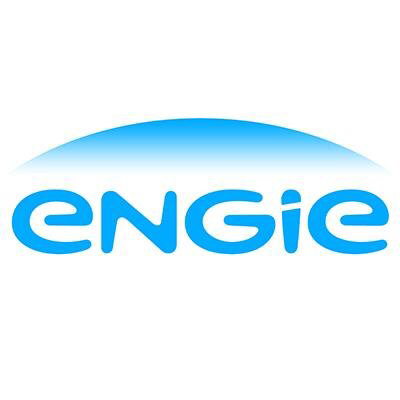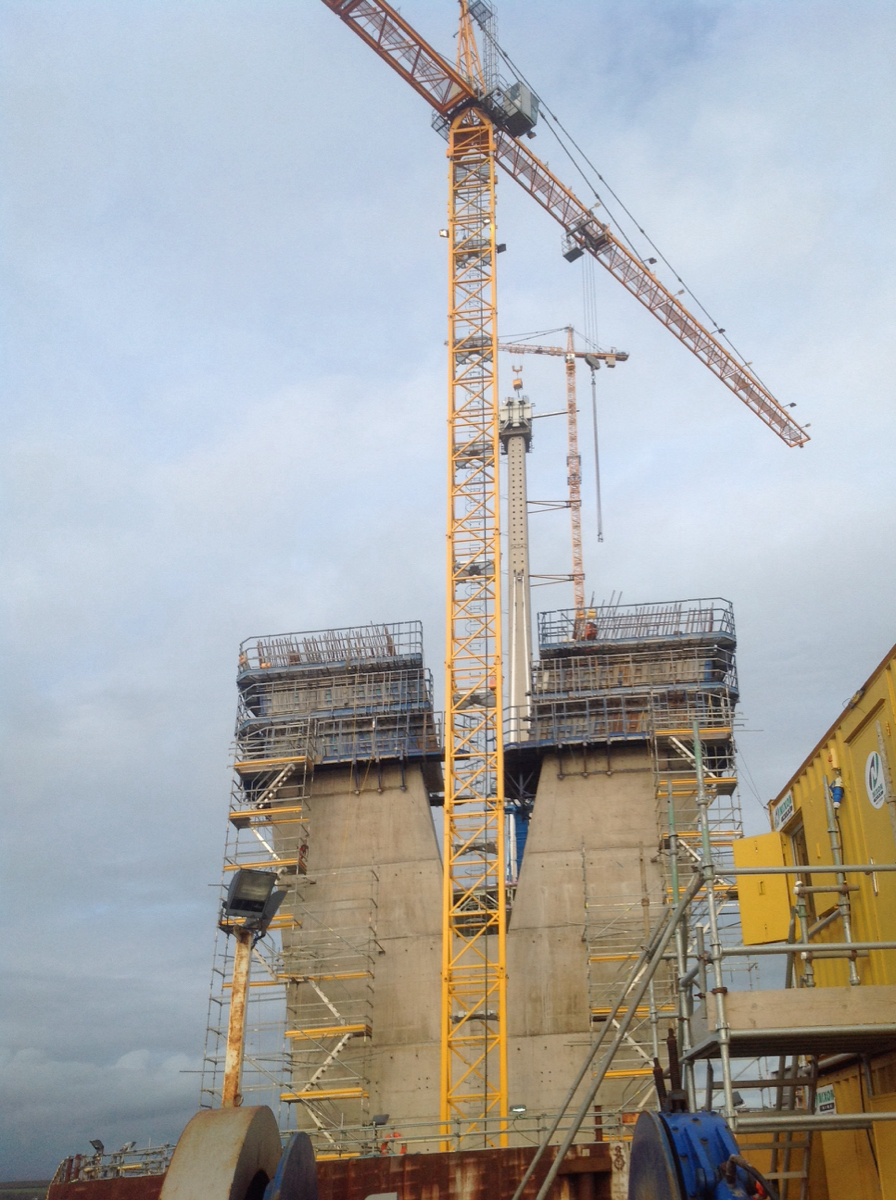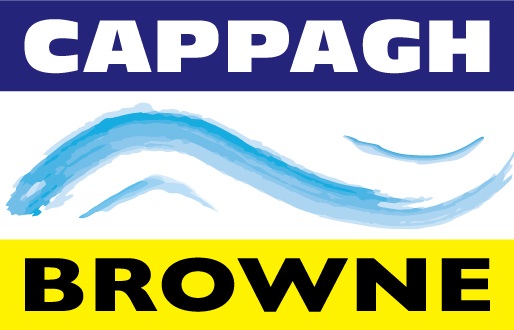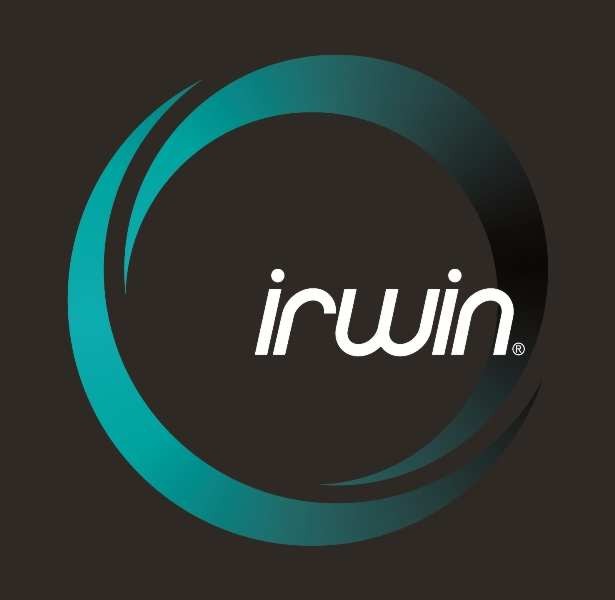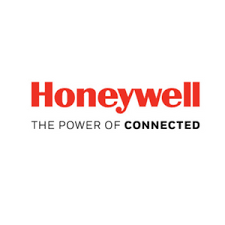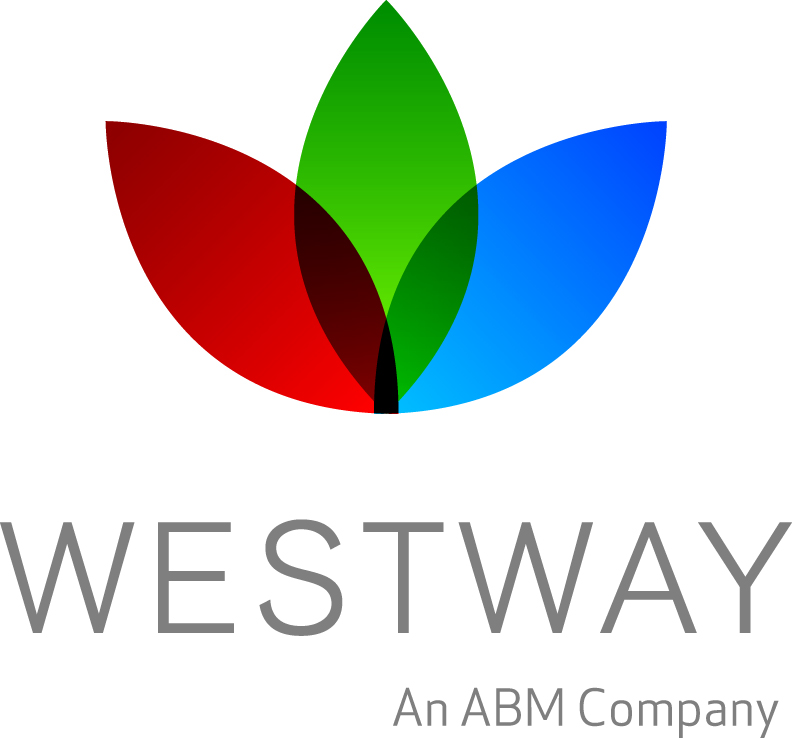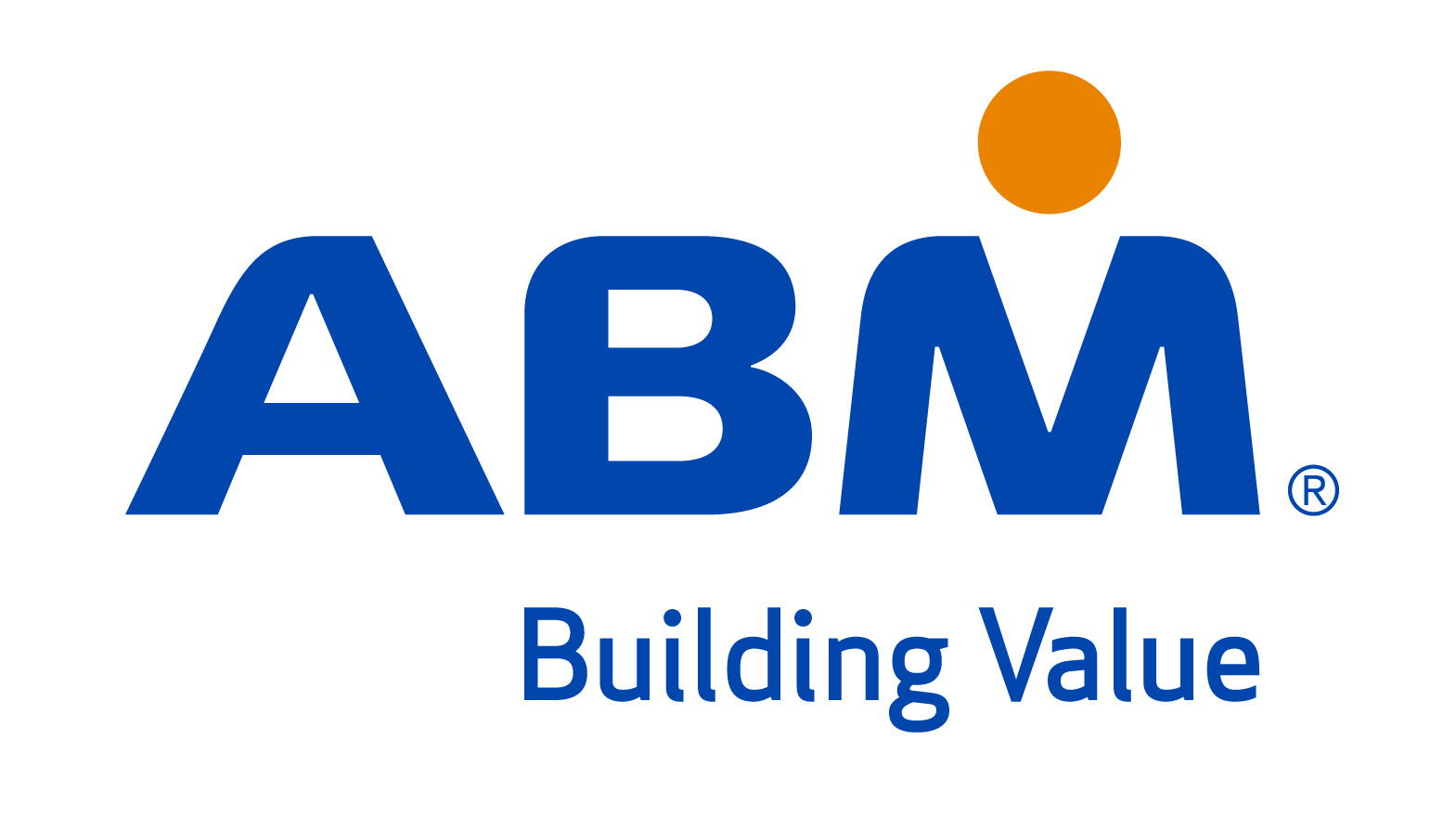Title Page
-
Conducted on
-
Prepared by
-
Location
Section 1 - Site Setup and storage
-
1.1 - Are materials and equipment stacked/stored in a safe manner? No risk of falling materials.
-
1.2 - Have suitable welfare facilities been provided on site for the current and foreseen workforce.
-
1.3 - Have transient folders been issued?
-
1.4 - Are walkways and pedestrian routes maintained in a safe condition?
-
1.5 - Is access and egress and signage appropriate?
-
1.6 - Are all significant risks and impacts identified and controlled?
-
1.7 - Is fencing appropriate for site size and location and is it well maintained?
-
1.8 - Have adequate storage facilities been provided and are they racked out and/or well organised and secure?
-
1.9 - Are welfare facilities maintained to a suitable standard?
-
1.10 - Is all signage professionally manufactured?
-
1.11 - Has site security been considered and control measures implemented?
-
1.12 - Has the site compound and/or set up been properly organised?
-
1.13 - Are all minor risks and impacts controlled?
Section 2 - Public Protection and Community Relations
-
2.1 - Are the public protected from falling objects?
-
2.2 - Are all significant hazards in areas where the public have access controlled?
-
2.3 - Are excavations in public areas adequately guarded and signage in place?
-
2.4 - Are all significant risks and impacts identified and controlled?
-
2.5 - Is temporary floor protection adequately managed?
-
2.6 - Is adequate warning signage provided for the public?
-
2.7 - Where existing lighting is obscured/disconnected/removed have alternatives been provided?
-
2.8 - Is segregation of public carried out using proper pedestrian barriers where applicable?
-
2.9 - Are emissions from processes adequately controlled (noise / dust / fumes)?
-
2.10 - Are other minor risks and impacts to the public controlled?
Section 3 - Administration and Management (Health and Safety)
-
3.1 - Is the Construction Phase SHE Plan available and regularly reviewed and updated if required?
-
3.2 - Are all works in progress covered by a suitable and sufficient Risk Assessment and Method Statement and evidence that these have been briefed to the workforce?
-
3.3 - Does the site have suitable First Aid cover and complete first aid supplies relevant to works on site with the contents in date?
-
3.4 - Is there an Accident book available if there is no intranet access?
-
3.5 - Is statutory information displayed on the project board (F10, HSE poster, insurance, policies, nearest hospital and eye clinic)?
-
3.6 - Have all previous Corrective Actions been closed out from from previous visits? (GO Visits, Health Checks)
-
3.7 - All significant admin/management issues controlled?
-
3.8 - Have permits to work been used correctly where required and are they filed?
-
3.9 - Have statutory inspections been carried out as required and are they filed? (Scaffold, Excavations, Equipment, Van Inspection and SHE Inspections)
-
3.10 - Is there a process for signing in/out?
-
3.11 - Is there evidence that all people have been inducted on site using the Induction PowerPoint Presentation and site specific project board?
-
3.12 - Is the First Aid box suitable and sufficient for the workforce in the office?
-
3.13 - Is the First Aid box suitable and sufficient for the workforce in the van?
-
3.14 - Have any visits by regulatory agencies been recorded and communicated to the SHE Team?
-
3.15 - Have bulletins been displayed and associated TBT’s briefed where applicable?
-
3.16 - Are records of all competences being maintained? E.g. CSCS, Gas Safe, NICEIC
-
3.17 - Are site wide risk assessments completed and and required risk assessments in place?
-
3.18 - Have all completed forms been removed from the accident book and communicated to the SHE Team and are near misses being reported?
-
3.19 - Are all minor risks and impacts controlled?
-
3.20 - Is there evidence of regular toolbox talks being briefed out?
-
3.21 - Does the Site Manager(s) have the necessary competences for operations being undertaken on site?
-
3.22 - Is risk register assessment & method statement register being maintained?
-
3.23 - Is the following displayed? (Fire Marshal Poster, First Aider Poster, Fire Plan)<br>
-
3.24 - Is there a site specific aspects & impacts assessment available?
-
3.25 - Are copies of appropriate licences held on site? E.g. water, waste, ecological, heritage.
-
3.26 - Are records of incidents and complaints maintained? Visits by regulatory agencies recorded and communicated to the SHE Team?
-
3.27 - Is there evidence of Near Misses being reported on site?
-
3.28 - Is there evidence of CM audits being undertaken and communicated to site teams?
Section 4 - Workplace and Housekeeping
-
4.1 - Is the potential of falls from height controlled?
-
4.2 - Are falling objects adequately controlled?
-
4.3 - Are work areas and walkways free from major hazards?
-
4.4 - Are other significant risks controlled?
-
4.5 - Is housekeeping to an adequate standard? Is site free from litter, mud etc.
-
4.6 - Is the interface between different trades managed so as to prevent exposure to risks from others?
-
4.7 - Is fencing appropriate for site size and location and is it well maintained?
-
4.8 - Is the level of lighting adequate for the operation being undertaken inc. Task lighting?
-
4.9 - Have suitable work benches been provided for use of power tools?
-
4.10 - Is site drainage kept free from blockage?
-
4.11 - Is cable management adequate?
-
4.12 - Are all minor risks and impacts controlled?
Section 5 - Scaffolding
-
5.1 - Is the scaffold free from significant defects? (including ties, tubes and fittings, foundations and boards)?
-
5.2 - Are incomplete sections of scaffold signed?
-
5.3 - Is any area where there is a risk from falling objects closed off?
-
5.4 - Are the design drawings and calculations available for 'design' scaffolds?
-
5.5 - Have scaffolds been erected in accordance with TG20:13 or the design?
-
5.6 - Are scaffolders working to SG4:15? E.g. advanced guardrail and correct fall arrest.
-
5.7 - Is the scaffold handover certificate available, are details correct and is scaffold being used in line with the handover certificate?
-
5.8 - Are test results available for drilled in fixings and calibration certificates available?
-
5.9 - Have inspections been carried out as required?
-
5.10 - Are other significant risks and impacts controlled?
-
5.11 - Is housekeeping during scaffold erection and dismantling managed?
-
5.12 - Are all tubes, fittings and boards in a useable condition?
-
5.13 - Are caps fitted to cut tubes and/or sharp edges removed?
-
5.14 - Has the competency of scaffolders been checked? - copies of CISRS cards must be on site. E.g. design scaffolds supervised by advanced scaffolders.
-
5.15 - If a gin wheel is in use are LOLER certificates available?
-
5.16 - Are all ladders fixed in position and of correct orientation?
-
5.17 - Are brick guards fixed where required?
-
5.18 - Is debris netting and/or monaflex in place where required, and fixed correctly?
-
5.19 - Are all minor risks and impacts controlled?
-
5.20 - Is there evidence that scaffolds are made safe at the end of each working day?
Section 6 - Mobile Towers and Other Access Equipment
-
6.1 - Has the most appropriate form of access equipment been chosen?
-
6.2 - Have overhead obstructions been considered?
-
6.3 - Is all equipment in good order?
-
6.4 - Are scaffold towers erected in accordance with manufacturer’s instructions and guardrails, toe board in place, wheels locked?
-
6.5 - Is the scaffold tower or other equipment sat on a level and stable foundation?
-
6.6 - Are ladders of the correct type / grade and is the use of ladders adequately controlled?
-
6.7 - Are incomplete scaffold towers marked as incomplete?
-
6.8 - Are other significant risks controlled?
-
6.9 - Is equipment being stored correctly when not in use?
-
6.10 - Are those erecting and/or responsible for mobile towers competent ENGIE or PASMA trained?
-
6.11 - Are all podium steps and mobile towers tagged?
-
6.12 - Are copies of weekly inspections available for scaffold towers above 2 metres?
-
6.13 - Are all minor risks and impacts controlled?
Section 7 - Temporary Works
-
7.1 - Are detailed designs and drawings available for any temporary works?
-
7.2 - Has a competent person checked the temporary works after construction/erection?
-
7.3 - Has the temporary works been modified/amended since erection without being rechecked?
-
7.4 - Are the works in good order? e.g. Not showing signs of distress and/or excessive deflection.
-
7.5 - Are other significant risks controlled?
-
7.6 - Has a competent person been nominated as the 'temporary works co-ordinator'?
-
7.7 - Is there evidence of regular checks on the temporary works?
-
7.8 - Is a design check appraisal available?
-
7.9 - Have copies of operator’s training/competence been copied into the site file?
-
7.10 - Are all minor risks and impacts controlled?
Section 8 - Mobile Plant
-
8.1 - Does the operator hold a CPCS Card or equivalent and is it of the correct type?
-
8.2 - Is the plant in good order and suitable for the purpose for which it is provided or used?
-
8.3 - Is the plant maintained so that it remains mechanically sound and are there records available?
-
8.4 - Is the plant stable in use? Is there a safe way to get into and out of the cab and any other parts of the vehicle that need regular access?
-
8.5 - Is plant being operated in a safe manner? i.e. is the area segregated, hazard light on and banked if required by RA.
-
8.6 - Are vehicle lights, reversing lights, a horn and other warning devices such as rotating beacons or reversing alarms fitted?
-
8.7 - Are reversing aids fitted and in good condition?
-
8.8 - Is the plant fitted with Roll Over Protection System (ROPS) where necessary?
-
8.9 - Are dangerous vehicle parts, such as power take –off, chain drives, exposed hot exhaust pipes appropriately guarded?
-
8.10 - Is the vehicle suitable for any loads carried?
-
8.11 - Is there a Manufacturers Operation Manual available to the Mobile Plant Operator?
-
8.12 - Has security been considered and is the unauthorised use of plant prevented?
-
8.13 - Are other significant hazards controlled?
-
8.14 - Are seat belts fitted and used correctly?
-
8.15 - Are mirrors and or closed circuit TV (CCTV) systems fitted and fit for purpose?
-
8.16 - If used on the road is the vehicle registered etc and operator has a current UK Driving Licence?
-
8.17 - Is equipment tagged?
-
8.18 - Is any towing/quick hitch in good order and spares available? – correct pin?
-
8.19 - Are daily and weekly checks being carried out and recorded?
-
8.20 - Is equipment that may be used for lifting marked with a SWL?
-
8.21 - Is equipment that may be used for lifting thoroughly examined/tested and in date?
-
8.22 - Are all minor risks and impacts controlled?
Section 9 - General Work Equipment
-
9.1 - Are all safety devices in place and operational?
-
9.2 - Is the equipment being used for the purpose that it was designed?
-
9.3 - Are there specific assessments for noise, dust and vibration with adequate controls in place?
-
9.4 - Are operatives competent to use the equipment?
-
9.5 - Are tools and equipment in good condition?
-
9.6 - Is there evidence that defective equipment is removed from use?
-
9.7 - Are other significant risks controlled?
-
9.8 - Are whip checks fitted to airlines?
-
9.9 - Are test certificates available for specialist equipment?
-
9.10 - If there is a requirement for an exclusion zone has this been established?
-
9.11 - Are maintenance / inspection records available for the equipment?
-
9.12 - Are all minor risks and impacts controlled?
-
9.13 - Are copies of the training records available in the site file?
-
9.14 - Are there suitable storage facilities for equipment and consumables?
Section 10 - COSHH
-
10.1 - Have all substances which may be hazardous to health been identified, assessed, and use controlled and MSDS available?
-
10.2 - Are other significant risks controlled?
-
10.3 - Are hazardous materials being stored in accordance with MSDSs and COSHH assessments?
-
10.4 - Has COSHH information been briefed out to those affected? - Record required.
-
10.5 - Are control measures identified in COSHH assessment being operated?
-
10.6 - Are the necessary first aid measures in place?
-
10.7 - Are all minor risks and impacts controlled?
-
10.8 - Where substances have WEL/STEL in place is adequate control and surveillance in place?
-
10.9 - Have harmful products be substituted for less harmful products where possibly?
Section 11 - PPE
-
11.1 - Is all PPE identified by Risk and COSHH assessments etc. being provided?
-
11.2 - Is PPE/RPE provided of the correct type/grade?
-
11.3 - Is proper RPE being utilised? - No 'comfort' masks.
-
11.4 - Where RPE is in use for significant risk works, (Silica/ Carcinogenic etc.) have face fit test certificates been provided?
-
11.5 - Are other significant risks controlled?
-
11.6 - Is PPE/RPE being used in good order?
-
11.7 - Is PPE/RPE being worn correctly or not at all (multiple failures)?
-
11.8 - Where necessary have operatives been given instruction/training on use of PPE? - Evidence required.
-
11.9 - Does the site have a sufficient supply of replacement PPE?
-
11.10 - Are all minor risks and impacts controlled?
-
11.11 - Are face fit tests carried out for all those wearing RPE?
-
11.12 - Have hoods been issued to Operatives that cannot be face fit tested?
Section 12 - Manual Handling
-
12.1 - Have all manual handling operations been identified, assessed and managed and control measures briefed out?
-
12.2 - Is any specialist equipment required as a control measure been provided?
-
12.3 - Has manual handling training been provided where required?
-
12.4 - Are weight of items known?
-
12.5 - Are all minor risks and impacts controlled?
Section 13 - Noise and Vibration
-
13.1 - Have areas where noise is likely to exceed the Lower Exposure Action Level 80 dB (A) been identified?
-
13.2 - Have hearing protection zones been established for areas where noise exceeds 80 dB (A)?
-
13.3 - Where required has a S61 consent been obtained and is there evidence of monitoring and compliance in accordance with it?
-
13.4 - Have work practices where hand-arm vibration is likely to exceed the daily exposure limit value [5 m/s² A (8)] been identified?
-
13.5 - Have work practices where whole-body vibration is likely to exceed the daily exposure limit value [1.15 m/s² A (8)] been identified?
-
13.6 - Are other significant risks controlled?
-
13.7 - Has noise above 80 dB (A) been controlled at source where possible?
-
13.8 - Have others who may be affected by the noise been considered and consulted?
-
13.9 - Does the site or task have working hour restrictions and are these complied with?
-
13.10 - Is there adequate signage for hearing protection zones 85dB (A) and above?
-
13.11 - Has information on hearing protection zones been briefed out? - Evidence required.
-
13.12 - Has hearing protection been assessed to ensure compliance with other PPE?
-
13.13 - Has a risk assessment been carried out for vibrating equipment?
-
13.14 - Have all employees and site operatives been made aware of the risks and control measures in place for Noise and Vibration?
-
13.15 - Are all minor risks and impacts controlled?
Section 14 - Fire Prevention
-
14.1 - Are all potential sources of ignition, including waste and fuel identified, stored and controlled adequately??
-
14.2 - Is the site operating a 'Hot Works' permit system and are the controls detailed within the permit being complied with?
-
14.3 - Has the site developed a written and drawn fire plan and associated risk assessment for all work areas and is it sufficient for the work place?
-
14.4 - Are other significant risks controlled?
-
14.5 - Is there suitable means of escape and are they kept clear?
-
14.6 - Are fire extinguishers suitable for the types of fire likely to be encountered?
-
14.7 - Is there suitable means of warning and an interlinked fire alarm where required?
-
14.8 - Are fire points established and maintained?
-
14.9 - Is there evidence that the fire plan is briefed out and/or included in the induction?
-
14.10 - Are fire extinguishers serviceable and maintenance records available?
-
14.11 - Are all minor risks and impacts controlled?
-
14.13 - Are maintenance records available for fire extinguishers?
-
14.14 - Is there a nominated and trained Fire Marshal(s)?
-
14.15 - Are fire extinguishers available in the vans?
Section 15 - Excavations
-
15.1 - Have areas been CAT scanned at 500mm (depth) intervals prior to works commencing / during works?
-
15.2 - Is there a permit to dig system in place?
-
15.3 - Are excavations properly supported?
-
15.4 - Is the excavation guarded to prevent people, material and plant falling in?
-
15.5 - Have stop blocks been provided for plant?
-
15.6 - Are other significant risks controlled?
-
15.7 - Has a safe means of access/egress been provided for the excavation?
-
15.8 - Is there an emergency procedure in place for excavations?
-
15.9 - Is spoil stored at a safe distance from the sides of the excavation?
-
15.10 - Has undermining of nearby structures been considered?
-
15.11 - If other services have been exposed are they adequately protected and supported?
-
15.12 - Record of inspections for the excavation available on site?
-
15.13 - Are all minor risks and impacts controlled?
Section 16 - Asbestos Management
-
16.1 - Is there asbestos information available and adequate for the works undertaken?
-
16.2 - Are works in progress covered by a risk assessment and/or plan of work and is the work correctly described and categorised?
-
16.3 - Is non-licensable 'minor' work being undertaken by competent and trained personnel with the required insurances and approved by Regional SHEQ Manager?
-
16.4 - Are licensable asbestos works being undertaken by a licensed company?
-
16.5 - Has the HSE been notified using the ASB5 Notification form?
-
16.6 - Is the potential for accidental release of asbestos fibres identified and controlled?
-
16.7 - Are there any other significant risks identified?
-
16.8 - Have all people on site received adequate training with regard to asbestos?
-
16.9 - Has all asbestos information been communicated to relevant personnel?
-
16.10 - Is there evidence that face fit testing has been carried out for the RPE being used with asbestos?
-
16.11 - Are all minor risks with regards to asbestos controlled?
-
16.12 - Has a general briefing / toolbox talk on asbestos been carried out?
-
16.13 - Has the Site Manager got access to the Emergency Release asbestos procedure and is it understood?
-
16.14 - Relevant flow charts extracted from the asbestos standards are displayed on the site notice boards?
Section 17 - Gas Safety
-
17.1 - Have gas appliances and flues been surveyed, identified, tested and documented? (smoke testing)
-
17.2 - Is the information on gas appliances and flues recorded in a format that can be easily accessed?
-
17.3 - Have works that impact on gas appliances and flues been identified? (e.g. changes to ventilation during window replacement and working within 1m of a live flue.)
-
17.4 - Are all ‘gas works’ undertaken by Gas Safe registered persons? (excludes bayonet fittings)
-
17.5 - Is there a gas flue ‘Permit to Work’ system in use for all works that impact on live gas flues, and is the system correctly implemented?
-
17.6 - Are other significant risks posed by gas identified?
-
17.7 - Is information on GAS SAFE registered persons used on site recorded and easily accessible?
-
17.8 - Has the Site Manager undertaken the ENGIE Gas Safety training?
-
17.9 - Are specific RAMS available for works which impact on appliances/flues and works in accordance
-
17.10 - Is Stars and Stripes TBT delivered to all personnel?
-
17.11 - Is commissioning paperwork available for all new live appliances?
-
17.12 - Have those disconnecting/reconnecting bayonet fittings been trained and records kept and do they have access to leak detection spray?
-
17.13 - Are other risks associated with gas controlled?
-
17.14 - Are flue tags in use?
Section 18 - Electrical Safety
-
18.1 - Is the need for 'live' working eliminated?
-
18.2 - Are works in the vicinity of live circuits adequately controlled? (e.g. safe isolation).
-
18.3 - Has the risk from overhead services or live conductors been identified, and are suitable control measures in place?
-
18.4 - Are all conductors properly insulated where required or 'permit to work' in place?
-
18.5 - Is the use of 240v (and above) work equipment eliminated?
-
18.6 - Are statutory undertaker’s plans available on site (where relevant)?
-
18.7 - Are other significant risks controlled?
-
18.8 - Are test certificates for temporary supplies available?
-
18.9 - Are the majority of electrical appliances (including extension cables) PAT tested and in date?
-
18.10 - Are all site supplies certified with no visual defects?
-
18.11 - Are all minor risks and impacts controlled?
Section 19 - Water Resource Management
-
19.1 - Have water discharge points been identified and appropriate license in place?
-
19.2 - Is bulk storage of fuel in accordance with oil storage regs?
-
19.3 - Are all significant impacts controlled?
-
19.4 - Have sensitive receptors been identified?
-
19.5 - Is Oil / fuel drums maintained in bunded areas?
-
19.6 - Are spill kits available in vans?
-
19.7 - Are COSHH materials stored away from watercourse?
-
19.8 - Is drainage from the office / canteen facilities to mains sewer or septic tank?
-
19.9 - Is monitoring in place for water discharge licences?
-
19.10 - Is concrete wash-out collected in appropriate container (no discharge to ground)?
-
19.11 - Is there a drainage plan on site (where appropriate)?
-
19.12 - Are all minor impacts controlled?
-
19.13 - Are spills cleaned up and materials disposed of appropriately?
-
19.14 - Is the drainage system maintained and free from blockages?
-
19.15 - Are all minor risks and impacts controlled?
Section 20 - Waste Management & Carbon
-
20.1 - Is the project registered to produce hazardous waste (over 500kg)?
-
20.2 - Is the Site Waste Management Plan available, completed and communicated to relevant personnel?
-
20.3 - Are there exemptions in place for on-site crushing etc.?
-
20.4 - Are Waste Transfer Notes and Consignment Notes held on site for all waste movements?
-
20.5 - Is all waste stored and segregated with physical barriers and signed?
-
20.6 - Are all significant impacts controlled?
-
20.7 - Have all waste streams been identified and suitable storage obtained?
-
20.8 - Have all hazardous waste streams been identified and suitable storage obtained?
-
20.9 - Have waste improvement targets been set and uploaded onto the intranet (AIMS) on a monthly basis?
-
20.10 - Is there evidence of Internal waste transfer notes and are they completed properly for ENGIE and Subcontractor? (where required)
-
20.11 - Is there a copy of ENGIE/Subcontractors Waste Carriers Licence in relevant ENGIE/Subcontractors vehicles?
-
20.12 - Are all minor risks and impacts controlled?
-
20.13 - Are skips secure and if appropriate covered?
-
20.14 - Are skips clearly and correctly signed where applicable?
-
20.15 - Is the site free from waste accumulation?
-
20.16 - Where possible energy usage (electricity / gas / other site fuel) is monitored and recorded (monthly) on the online recording system.
-
Completed by:
-
Received by:
